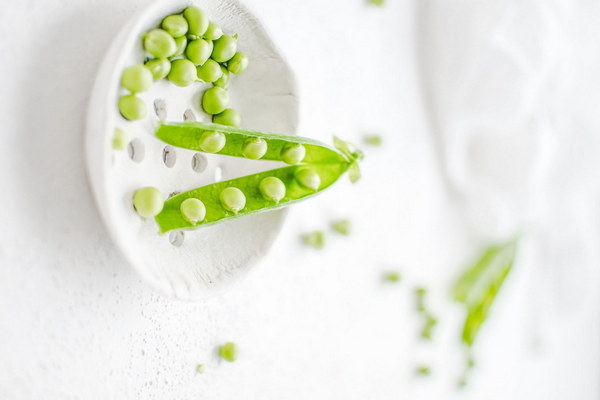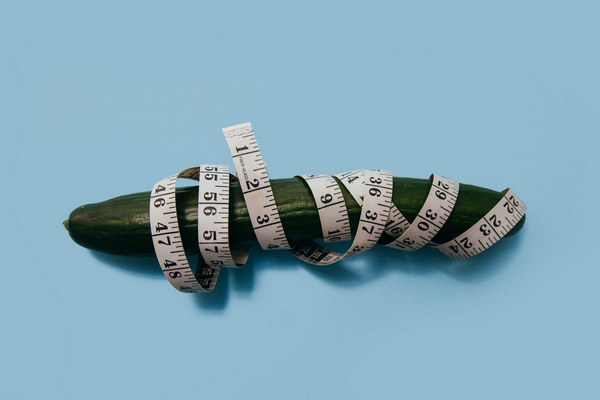Daily Sanitization Protocols for Head Therapy Sessions Ensuring Hygiene and Client Safety
In the realm of wellness and beauty treatments, head therapy has gained popularity for its numerous benefits. However, maintaining a clean and sanitized environment is crucial to ensure the health and safety of both clients and practitioners. This article delves into the essential daily sanitization protocols for head therapy sessions.
Introduction
Head therapy involves various treatments such as scalp massage, hair washing, and application of natural oils and serums to promote hair growth and overall scalp health. To prevent the spread of germs and maintain a high standard of cleanliness, it is imperative to establish and adhere to a comprehensive daily sanitization routine. Below, we outline the key steps involved in ensuring a hygienic environment for head therapy sessions.
Step 1: Pre-Session Sanitization
Before welcoming any client into the treatment room, it is essential to prepare the space by conducting a thorough sanitization process. This includes:
- Cleaning the Treatment Table: Wipe down the table with a disinfectant solution that is effective against a wide range of pathogens.
- Sanitizing Tools and Equipment: All tools and equipment used during the session, such as combs, brushes, and scalp massagers, should be sanitized. This can be achieved through either soaking in a disinfectant solution or using an autoclave or ultrasonic cleaner.
- Disinfecting the Air: Use an air purifier or open windows to ensure a clean and fresh atmosphere in the treatment room.
Step 2: Hand Hygiene
Practitioners must prioritize hand hygiene to prevent the transmission of bacteria and viruses. The following practices should be followed:

- Washing Hands: Thoroughly wash hands with soap and water for at least 20 seconds before and after each session.
- Using Hand Sanitizer: In cases where soap and water are not available, alcohol-based hand sanitizer with at least 60% alcohol content should be used.
Step 3: Client Intake and Communication
To maintain a safe and comfortable environment, it is important to communicate effectively with clients:
- Health Questionnaire: Provide clients with a health questionnaire to screen for any conditions that may require additional precautions.
- Client Education: Instruct clients on the sanitization procedures and request that they sanitize their hands upon entering the treatment room.
Step 4: During the Session
While the session is in progress, the following practices should be adhered to:
- Personal Protective Equipment (PPE): Practitioners should wear gloves, masks, and other PPE as required by local health guidelines.
- Single-Use Items: Use single-use items, such as scalp massage towels and hair nets, for each client to minimize cross-contamination.
- Disposal: Dispose of all used items in designated waste bins, ensuring proper disposal of biohazardous materials.
Step 5: Post-Session Sanitization
After each session, the following steps should be taken to sanitize the treatment room:
- Cleaning the Treatment Table: Wipe down the table and any other surfaces with a disinfectant solution.
- Sanitizing Tools and Equipment: Re-sanitize all tools and equipment used during the session.
- Ventilation: Open windows or use an air purifier to ventilate the treatment room and remove any lingering odors.
Conclusion
Daily sanitization protocols are essential for head therapy sessions to maintain a clean and safe environment. By following these steps, practitioners can ensure that their clients receive treatments in a hygienic setting, fostering trust and confidence in their services. Adherence to these protocols not only protects clients but also helps to uphold the reputation and integrity of the head therapy profession.









